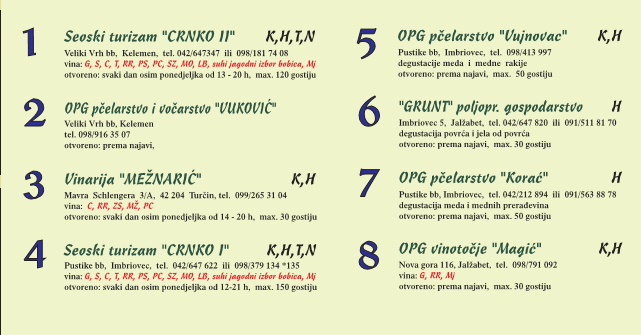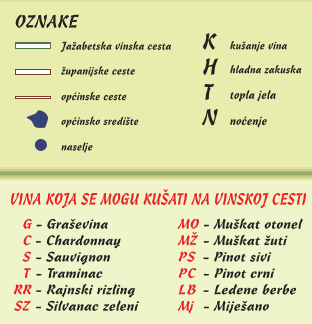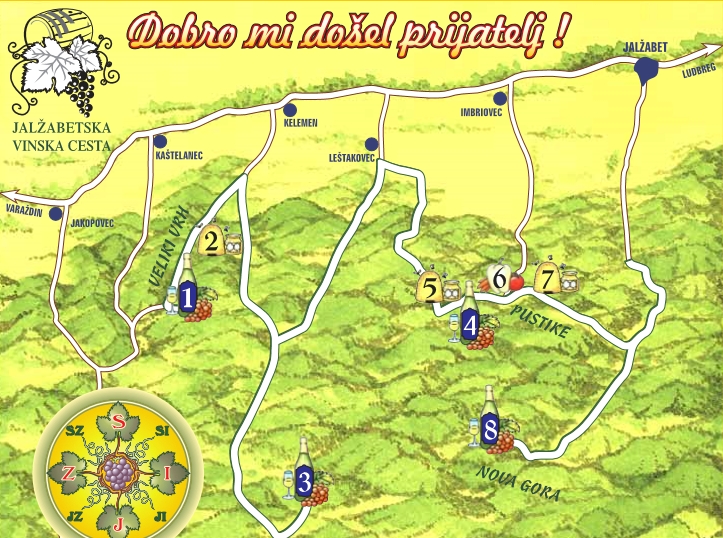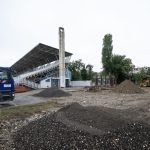Continuing TCN’s look at the wine roads of Croatia, we continue on August 5, 2016 with our journey through Varazdin County – Jalžabet.
Although there is currently no national wine road for Croatia, many communities all over the country have some together to make their own wine roads, in association with their tourist communities.
This is true in Varazdin County, which boasts four wine roads in all, a chance for visitors to get a fuller flavour of this very diverse region. White wines predominate, and with 11 varieties to choose from in today’s winr road, there is plenty of choice for the palate. Meet the Wine Road of Jalžabet.
“Thanks to favourable natural features (fertile river valley along the Plitvica river and forest covered slopes of the Toplička Hill) and good east-west communication links, the Municipality of Jalžabet was ideal place for living even in prehistoric times. That is demonstrated by important archaeological sites found in this area. Within the today’s municipality, life has continued uninterrupted since the ancient times, when this area was part of the Roman province of Pannonia. The material evidence of those times are “villa rusticas” along the Plitvica river, north of Kelemen. A “villa rustica” was a well-organized farm which produced almost everything necessary for living.

There are almost no materials or written data about the period of great migrations and the early Middle Ages. The first written records in this area appear in the 13th century. These are documents that speak about noble estates, their owners, and border disputes between them. More important noble families included counts Šemovečki, Suhodolski, Gotali, Bedeković, Kušević and Jordis, and later families Batthyany, Matačić, Janković and Patačić.

The first written sources which directly testify to the cultivation of grapes in a wider area including today’s Jalžabet are for the middle and late Middle Ages. The oldest preserved documents mentioning vineyards in the area of the today’s Municipality of Jalžabet date from the 17th and 18th centuries. These are lists of “gornjaks” (vassals dealing with cultivation of vineyards), documents about individual vineyards, as well as evidence about the purchase of vineyards. One such document is a written confirmation dated 6 June 1759 in which chaplain of the parish of St. Elizabeth confirms that a priest’s farmer Josip Katančić had bought a vineyard from the owner of the noble estate Jalžabet.
Based on the preserved records, we can safely say that vineyards have been located on the gentle slopes which today encompasses the Jalžabet Wine Road in an uninterrupted continuity from the Middle Ages to the modern times.

All this undeniably speaks, and can be taken as a kind of guarantee, that the wines of this area have been and still are of top quality, and as such deserve our attention. This is an invitation to all of you to come here, see our cellars and taste our wines.”












